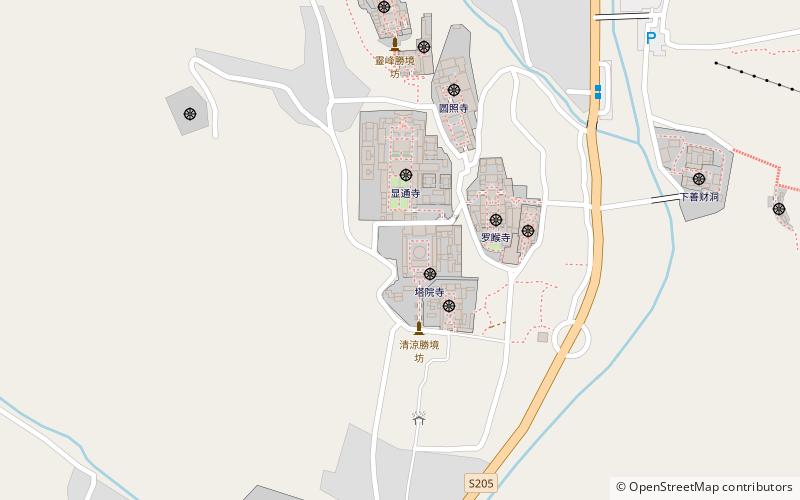Great White Pagoda


Facts and practical information
Rising gracefully into the sky, the Great White Pagoda is a serene testament to China's ancient architectural prowess and Buddhist heritage. Located in the historic city of Xining, the capital of Qinghai Province, this stunning structure is a beacon of spirituality and a marvel of engineering.
The Great White Pagoda, also known as the Ta'er Monastery Pagoda, is part of the larger Kumbum Monastery complex, a sacred site for Tibetan Buddhism. The pagoda's pristine white façade, adorned with intricate carvings and golden accents, dominates the skyline, inviting both pilgrims and tourists to bask in its peaceful aura.
Standing at an impressive height, the pagoda is a multi-tiered tower characterized by its elegant design and harmonious proportions. Each level features traditional upturned eaves and is encircled by a walkway, allowing visitors to circumambulate the structure as part of a meditative practice.
The Great White Pagoda is not only a spiritual center but also a cultural treasure. It houses an array of Buddhist relics and scriptures, and its walls are adorned with vibrant frescoes and thangkas that depict scenes from the life of Sakyamuni Buddha and other revered figures.
The pagoda's construction dates back centuries and reflects the enduring legacy of Buddhism in China. Throughout its history, the Great White Pagoda has withstood the test of time, surviving natural disasters and political upheavals while continuing to serve as a place of worship and study.
As a testament to its significance, the Great White Pagoda has been designated as a national cultural heritage site, ensuring its preservation for future generations. Visitors to the pagoda are encouraged to explore the surrounding monastery grounds, participate in cultural activities, and enjoy the tranquil ambiance that this magnificent structure exudes.
Shanxi
Great White Pagoda – popular in the area (distance from the attraction)
Nearby attractions include: Wutaishan National Park.

